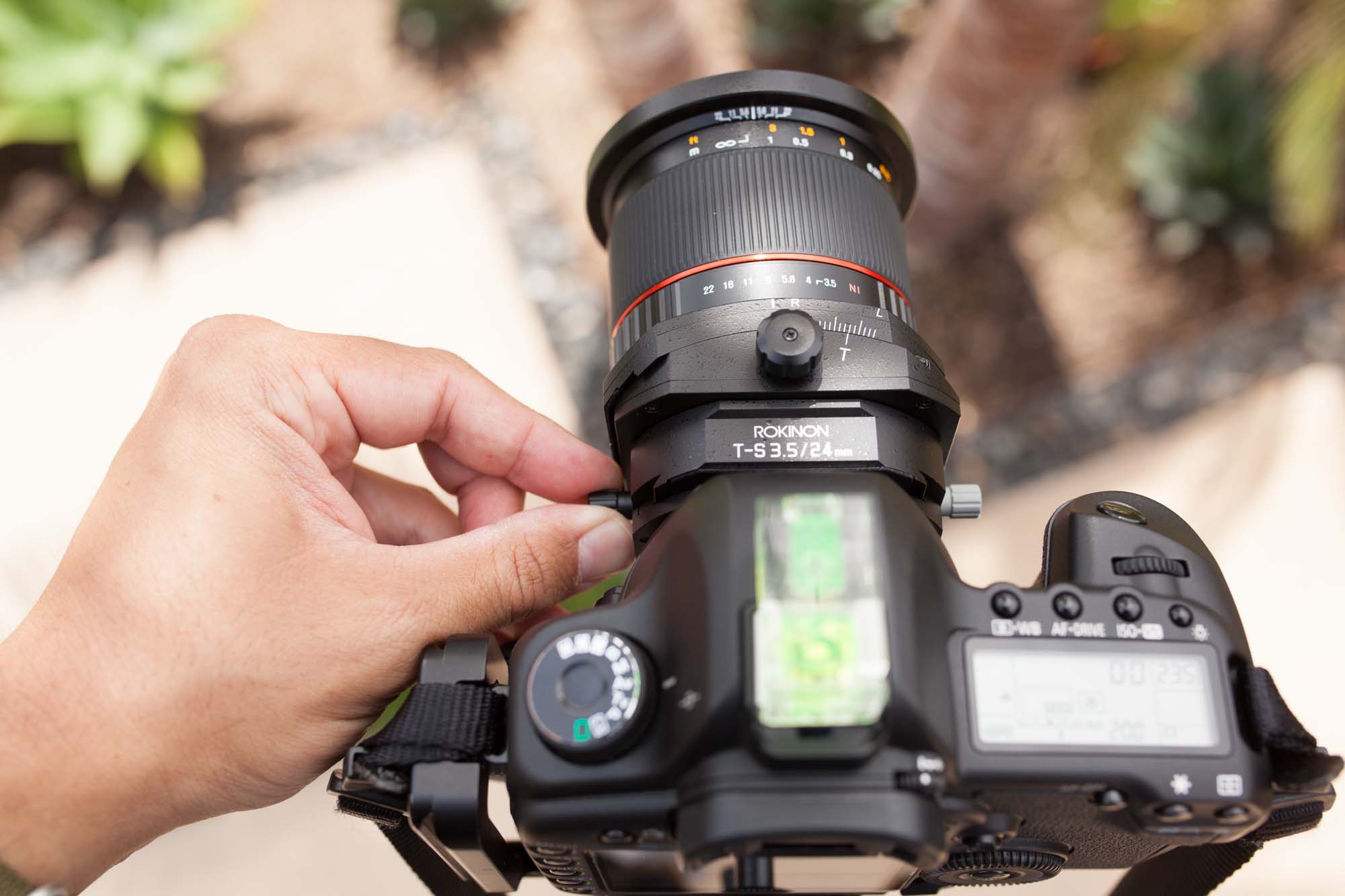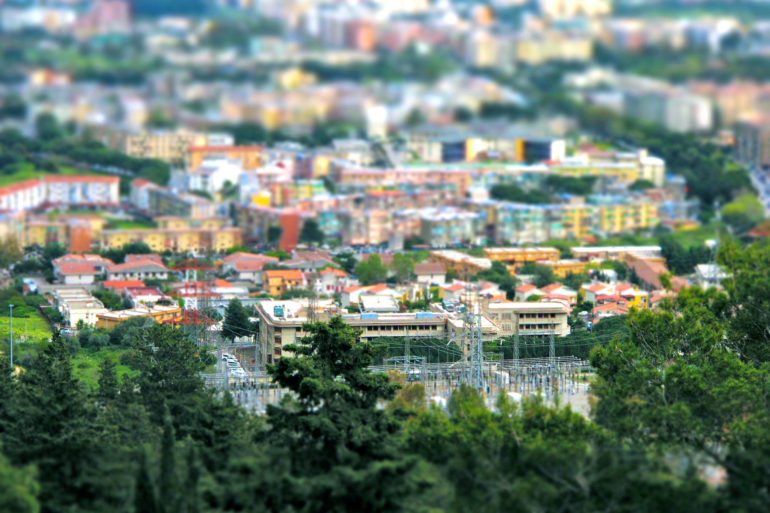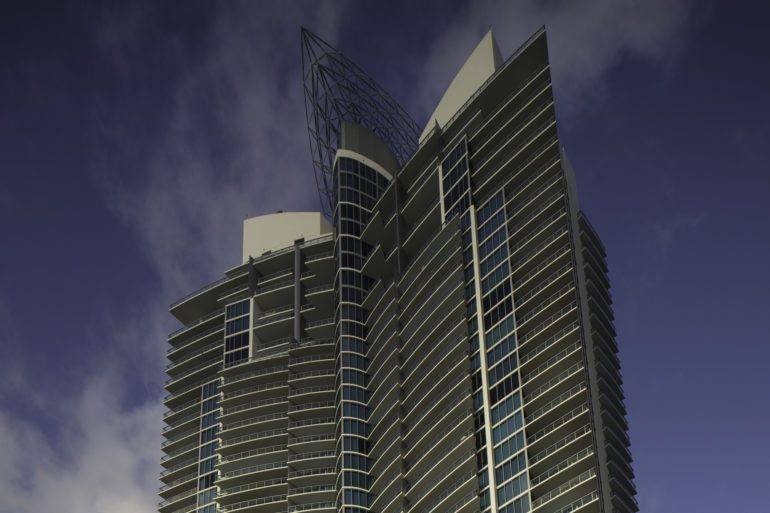Last Updated on 02/03/2017 by Chris Gampat
Tilt Shift lenses are very careful and precise optics designed for specific uses by landscape and architecture photographers. Their effects are often associated with that “miniature effect”. Then there are options like Lensbaby that give you a simulated tilt and shift focus option. But in order to understand how these really work, we asked some of the experts at Canon and Nikon.
To begin, shooting a scene with a normal lens near infinity focus will produce enough depth of field that you wouldn’t have a situation where both foreground and background are obviously out of focus and the photo would look “normal” per se. This is the standard depth of field effect and not that token tilt shift look.
Photo by Dirklaudio
“Using a Tilt-Shift lens to create ‘miniature’ looking scenes is easily accomplished by tilting the lens during shooting,” says Steve Heiner, Senior Technical manager at Nikon. “Typically, we are used to seeing images of landscapes or city scenes where the foreground is a bit blurry, or the distant background is out of focus, but not both at the same time in the same picture.” This is exactly how a Lensbaby Composer Pro works actually. Of course, it’s tougher to then compose and create the photo with an optical viewfinder vs an LCD screen.
“The miniature effect is in essence, using the lens to drastically change the plane of focus by a tilt and/or shift to throw out the area of focus only keeping a small area IN focus.” says Drew MacCallum, Canon ITCG Business Planning Senior Technical Specialist in an email to the Phoblographer. “By tilting the lens (up or down) while also shifting (up or down), it throws the depth of field VERY narrow. Depending on the shift, you can place the narrow band of focus to a specific part of your scene. It’s basically an optical illusion.” Drew continued to state that it often requires the camera to be angled up or down as well. The result can be the “miniature effect” that people have done.
According to Steve, Tilt/Shift lenses allow this blurring of both foreground and background because once tilted, the plane of focus is no longer parallel to the image plane or sensor and it exaggerates the out of focus areas. Similarly when photographing actual miniatures or small dioramas, you are focusing much closer to the actual subject so the view will have much shallower DOF, resulting in the background and foreground out of focus which is increased the closer you get to the subject.
But believe it or not, this isn’t what the lenses were designed to do.
“First of all, recently, Tilt Shift lenses have been used to create that effect, however, this is the exact OPPOSITE of what the lenses were designed to do.” states Drew. “They were designed to fix optical distortion that happens when photographing objects that are not perpendicular to the film plane or you need to move the camera’s film plane but can’t. This is something Architectural photographers were limited to using large view cameras that were capable of many movements (Tilt, Shift, Swing, Rise, and Fall and any combination of those).” Indeed, if you look at much of the work that professional photographers have tried to do with the lenses, you’ll notice just how much effort and work really went into creating a perfect photo. Of course, during the film days it was much more difficult to try to fix these problems. Today, we’ve things like Adobe’s Upright technology.
Drew continues to state the colloquial use for Tilt Shift lenses was actually in correcting converging vertical lines. A tilt shift lens allows you to keep your film plane on the horizon and shift the lens to get the whole subject in the frame if necessary and limit distortion.
“The miniature effect is in essence, using the lens to drastically change the plane of focus by a tilt and/or shift to throw out the area of focus only keeping a small area IN focus.”
To better understand this, Drew says to think of a food photographer with a LONG dinner table in front of them with plates of food. “As the table goes further back, the plates and table become distorted and narrower…a TS lens corrects for this effect by bending the image and ‘fixing’ the distortion and this is known as the Scheimpflug principle.”




